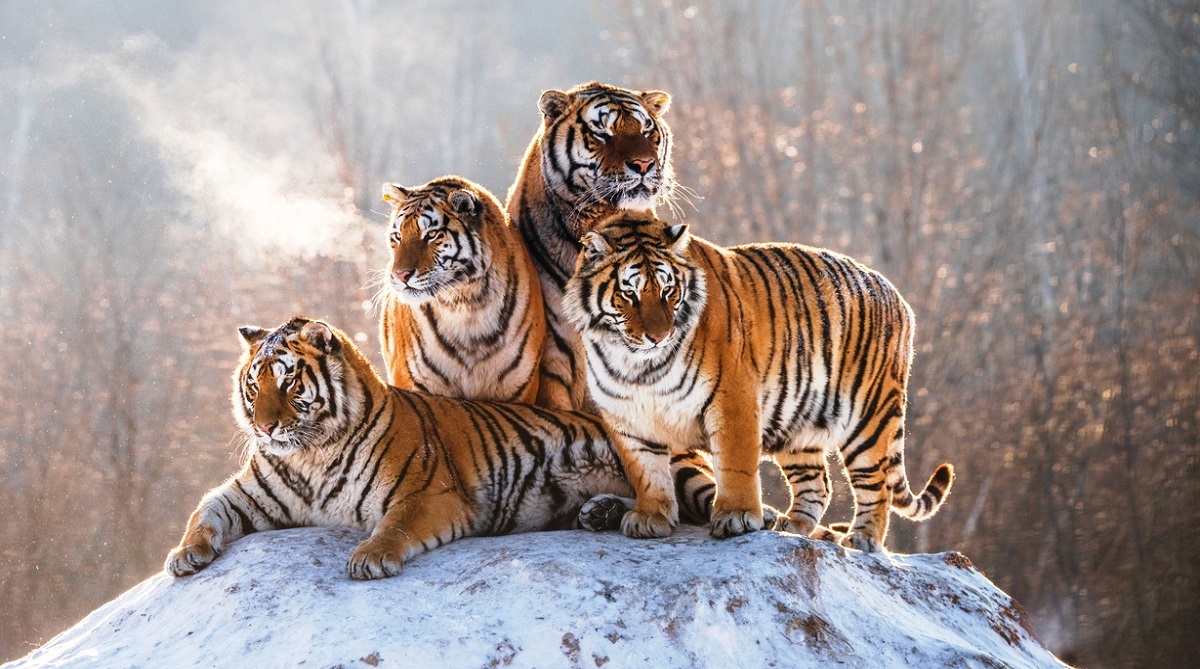Over-exploitation of nature has wiped out about 60 per cent of the wildlife and 87 per cent wetlands since 1970, and ours is possibly the last generation of humans with a chance to act and reverse this trend, warns the WWF’s Living Planet Report-2018.
The biannual report mapped serious threats to pollinators like bees, soil ecology, and wetlands which have direct repercussions on human food security and health.
Advertisement
The report also recorded a rise in ecological footprint or consumption of natural resources by 190 per cent in the past 50 years.
India was among the countries with the lowest footprints. However, it was among the worst when it came to soil biodiversity.
The report held over-exploitation of nature, through agriculture and deforestation as major causes behind the findings. It also held invasive pollution, dams, fires, mining, and climate change as additional sources of pressure on nature.
“Globally, 40 to 33 per cent forest land was converted between 2000 and 2010,” the report stated.
“Average abundance of 16,704 populations representing 4,005 species monitored across the globe declined by 60 per cent between 1970 and 2014,” the report states, adding that the current rates of species extinction are 100 to 1,000 times higher than those before human pressure became a prominent factor.
The species monitored were vertebrate species, or animals with a backbone, with a database containing information on over 22,000 populations of mammals, birds, fish, reptiles, and amphibians.
The abundance of pollinators, which has over 20,000 species of bees including other insects and animals, has been threatened due to intensified agriculture, the report said.
“More than 75 per cent of leading global food crops depends on pollinators… Economically, pollination increases the global value of crop production by $237-$577 billion per year to growers alone and keeps price down for consumers,” the WWF report stated.
The report also warns of a sharp decline in wetlands, with WWF-India officials believing India to be one of the most affected.
“Globally, wetland extent is estimated to have declined by 87 per cent in the modern era… Index shows an 83 per cent decline in freshwater biodiversity since 1970, equivalent to 4 per cent every year,” the report said.
The population of the critically endangered “gharial” across its range in India and Nepal declined by approximately 58 per cent between 1997 and 2006, the report states.
“We are the first generation that has a clear picture of the enormous impact we have on nature. We may also be the last that can act to reverse this trend, from now until 2020 will be decisive moment in history,” the report stated.
Soil biodiversity, where India looks in a bad position, was mapped for the first time to find potential threats.
“A risk was generated combining eight components including pollution, loss of above ground diversity, nutrients overloading, overgrazing, intensive agriculture, fire, soil erosion,” the report added.
It suggests that India’s ecological footprint is among the lowest at less than 1.75 global hectares per person.
“These are hard times… Nature globally provides services worth around $125 trillion a year… we need more research, efforts from government, business and financial sectors, researchers and conservation communities to revive the planet,” said Ravi Singh, Secretary General and CEO, WWF-India.
